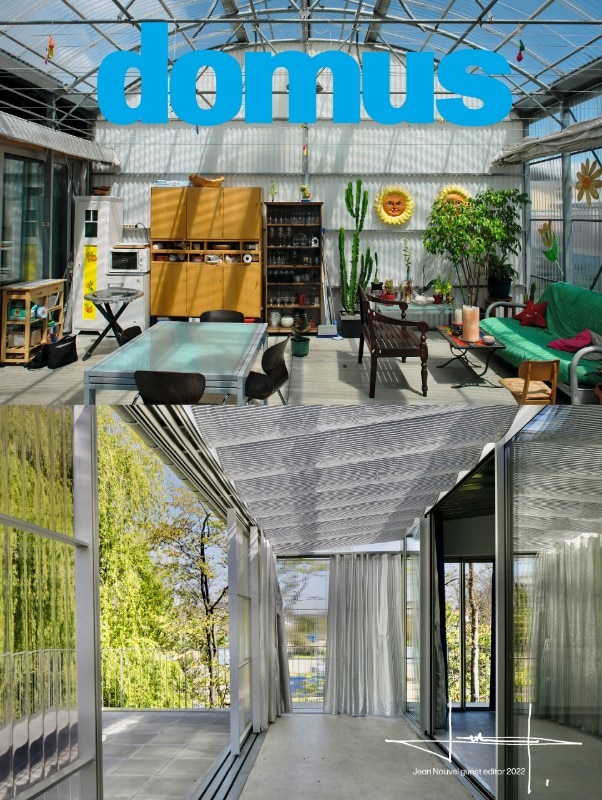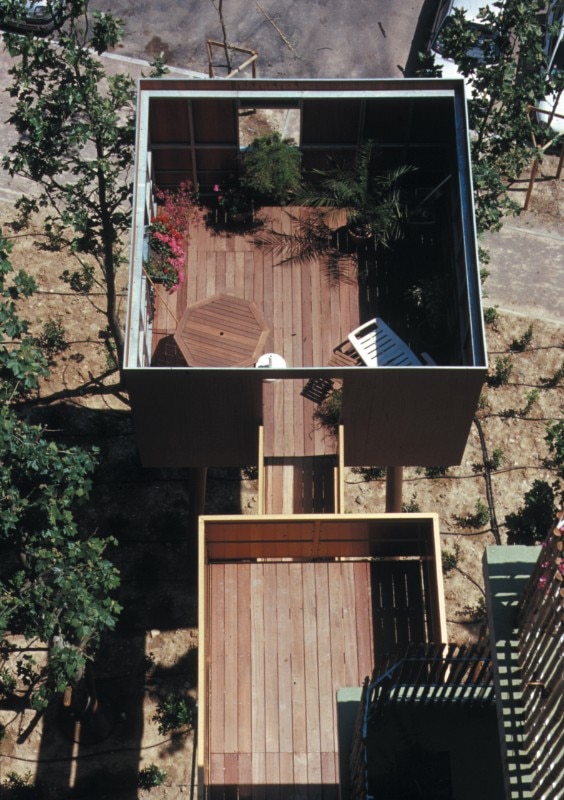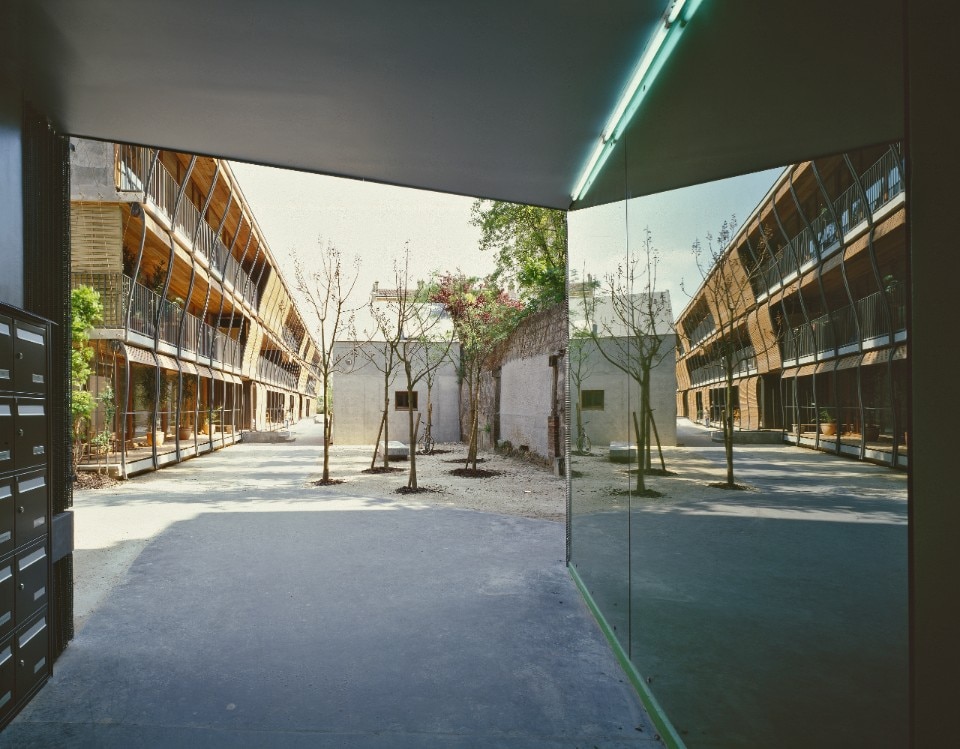Inhabiting means choosing the place or places where one lives according to an affinity, a desire, first geographically, then with our senses. Inhabiting is about organising our well-being, making our mark on the space, adapting and transforming it into an expression of ourselves and our cohabitants. Inhabiting is natural; it is the foremost right of any individual.
The delocalisation of the urban exodus very quickly led to minimal housing, often on estates, initially by cloning small 19th-century houses with little vegetable gardens, before workers rapidly began to be received in more camp-like conditions. At this point houses became cells, the same cell, repeated to infinity in unsightly concrete parallelepipeds.
There is no longer any choice. Social housing has entered the neo-carceral age. Apartments have become segregated places of survival, located outside the city, while social housing estates have become camps in the sense of “perfunctory housing areas for a population subjected to segregation”. These camps most often end up as permanent arrangements, and when a pandemic strikes, living in such cells with no outdoor space quickly becomes a sort of hell on earth. The inhabitants are sentenced to terms measured not in years but in generations. This is why it is so urgent to restore these millions of inhabitants’ right to habitation, to breathe in decent-sized private spaces distributed between the indoors and outdoors. Whatever it takes to achieve this must be done: abolishing virus-like standards that make uninhabitable housing more widespread.

It is architects who must have a holistic overview of people’s housing. That is their mission. That is their societal role. However, this role is now being taken from them. People have got to live somewhere, but who is responsible for that somewhere? Political irresponsibility on this matter demonstrates that it must be made a right – not a standard, but an acknowledgement of the virtue and liberty of the localised truths that characterise “territories”, those entities without clear borders, with microclimates and the great but minimal pleasures of woods, winds, rainfall, mountains, plains, forests, coasts, seas and rocks that have forged the characters of successive generations. This right must not be stripped of the conscious or innocent feelings that have been lying deep within our souls for thousands of years. Bolstered by this right, step by step, every mayor and every architect will be able to use all the means at their disposal to enlarge, resurrect and learn to breathe again, developing an awareness of the pleasure of being in a particular place.
By transforming existing buildings while their inhabitants continue to live inside them, Anne Lacaton and Jean-Philippe Vassal are missionaries of eternal pleasures rediscovered, of extra space, of simple yet miraculous curtains to conceal and protect from the sun, personalising and softening interior spaces, and manifesting a love of trees and forests. By building larger and cheaper accommodation and ground-level houses, they have paved the way to a happier future for hundreds of thousands of people who were once “incarcerated” behind bars in their towers. These days, converting commercial, industrial and administrative buildings is the easiest way of making things too big, too high, too low, creating courtyards on roofs and inventing the unimaginable.

Extra height, the simplest additions – following the example of the Icelandic house designed by Studio Bua – and sometimes a few demolished walls and a structure painted with lime can make the space more poetic and allow us to breathe deep, delightful breaths. We should exploit every opportunity to make habitation a pleasure. This is not social housing in a bureaucratic sense, but in the sense of a profound consideration of the architecture in a specific place, an example of modest investment in perpetuating our built legacy and demonstrating the pleasure of breathing more freely with intelligence and sensitivity.
Opening image: Herzog & de Meuron, Complesso residenziale in rue des Suisses, Paris, 1999-2000. Photo Margherita Spiluttini / Architekturzentrum Wien, Collection


